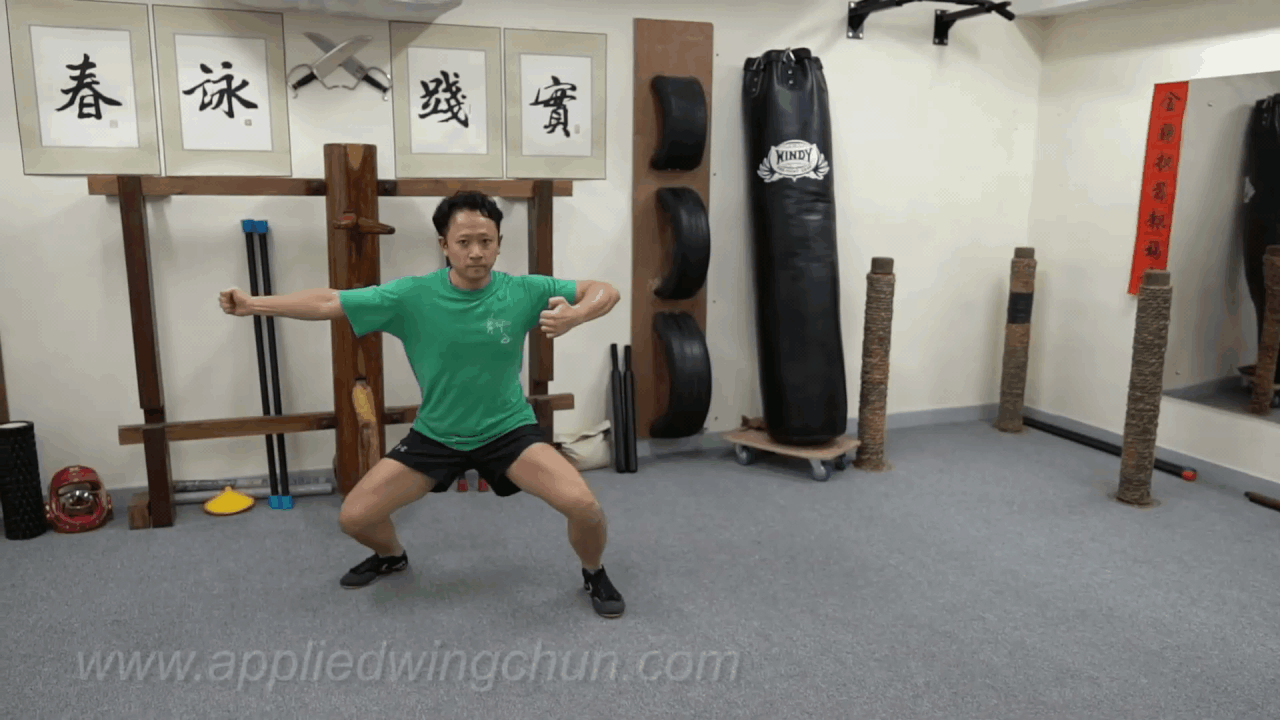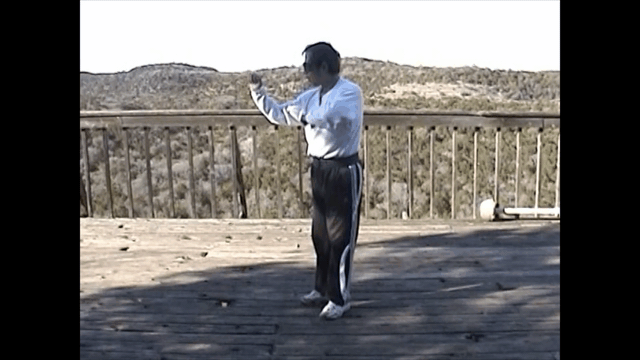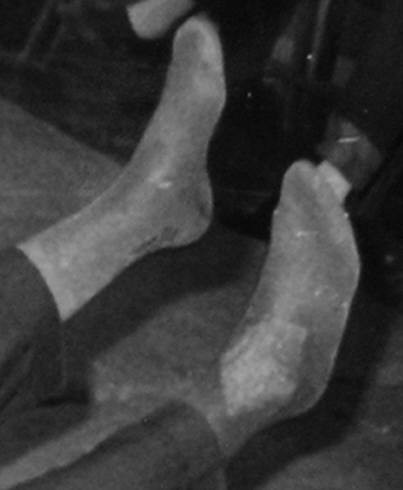But this "black tiger eat heart - bow arrow stance cross -> horse stance jab" is so useful in close range fighting.
- You use leading arm to parry down your opponent's leading arm, your back hand punch toward his face (bow arrow stance cross).
- When your opponent blocks your cross, you change bow arrow stance into horse stance and use your leading hand to punch on his chest (horse stance jab).
The reverse "horse stance jab -> bow arrow stance cross" is also useful in close range.
- You use back hand to parry down your opponent's leading arm, your leading hand punch toward his chest (horse stance jab).
- When your opponent blocks your jab, you change horse stance into bow arrow stance and use your back hand to punch on his face (bow arrow stance cross).
The difference is whether you use leading arm, or back arm to parry down your opponent's leading arm. I'm pretty sure if we search online hard enough, we should be able to find a WC application like this.
I'm also sure that in sparring, to use your leading arm, or back arm to parry down your opponent's leading arm, you then punch at him is a very common strategy.






